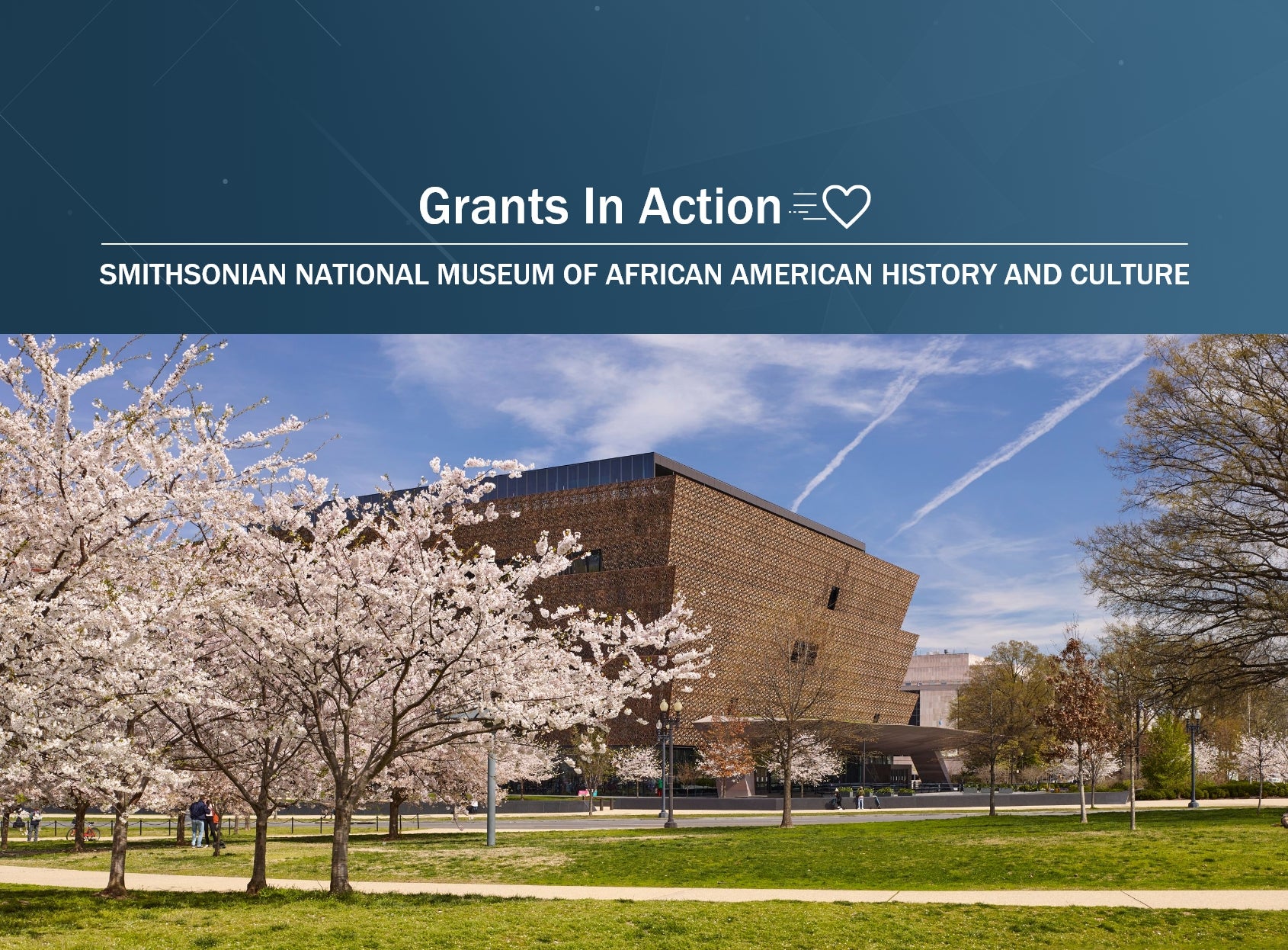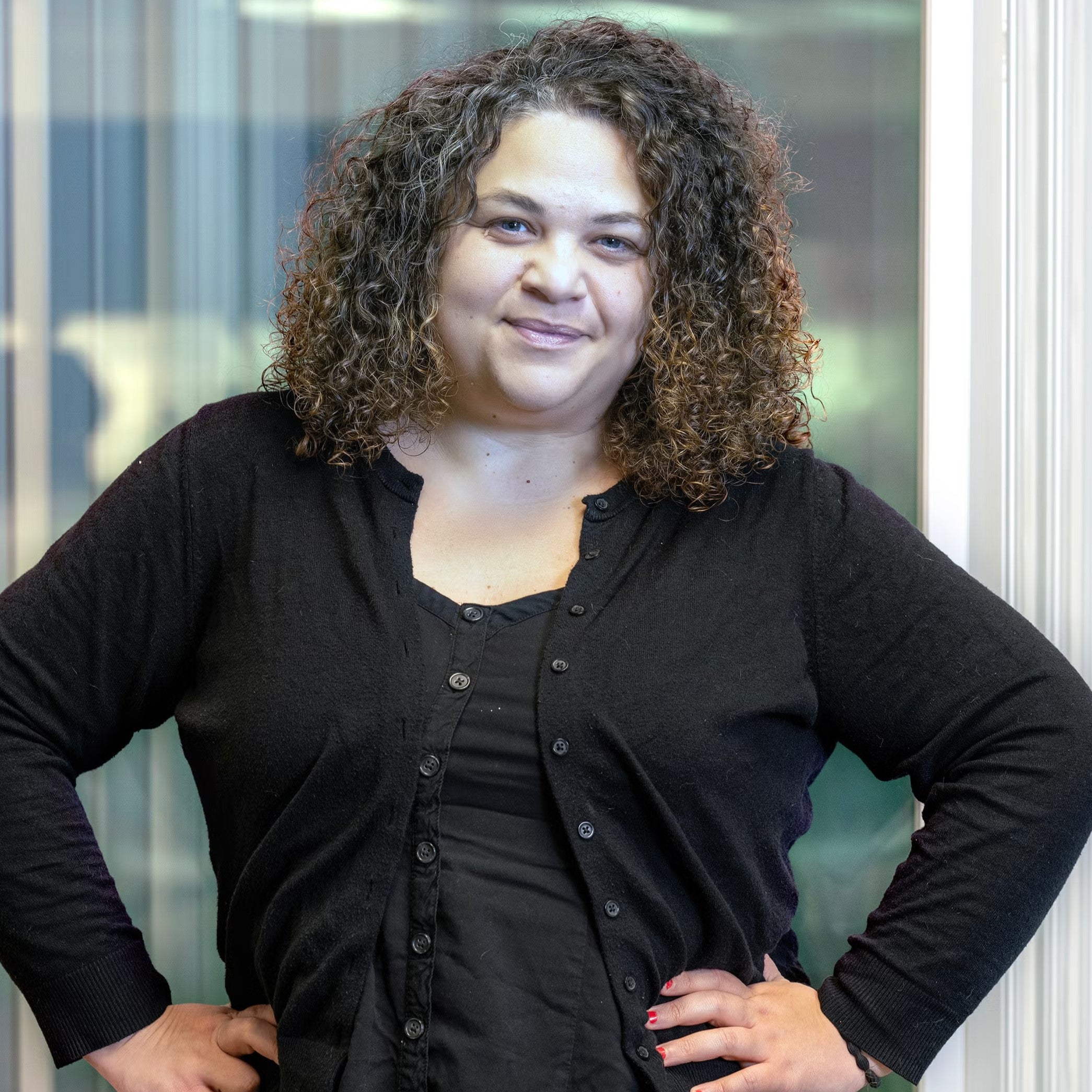The Smithsonian African American History Museum Inspires Change
National Philanthropic Trust’s donors recommend thousands of grants every year. Grants In Action highlights the breadth of causes and organizations NPT’s donors are supporting with grant recommendations from their donor-advised fund accounts.

Gen Z, or those born between the mid-1990s and early 2010s, are often noted by researchers for their diversity, educational attainment and social media fluency. They’re also especially outspoken on issues of racial and social justice, and in the process of drawing lessons from American history to confront today’s problems. Staff at the Smithsonian National Museum of African American History and Culture (NMAAHC) in Washington, D.C. see this firsthand.
“History is an important part of activism today,” explains Adele Hixon-Day, NMAAHC’s Head of Advancement. “We have students that are able to come in and learn really detailed information about Civil Rights activists and what these protests were about. We focus on the unvarnished truth here. This generation is informed, they’re educated and they’re learning, firsthand, what the generations before them went through.”
Of course, it’s not just the socially conscious Gen Z-ers that have been moved and inspired by the exhibits and resources NMAAHC offers. Since opening its doors in 2016, the museum has welcomed more than eight million visitors of all ages and nationalities. “It’s a testament to people being open to having difficult conversations and going deeper into difficult parts of American and global history,” Hixon-Day says.
Those conversations can be heard ringing throughout Heritage Hall, which Hixon-Day calls “the heart of the museum.” It’s there, she says, “you see people from all walks of life converge, and they’re talking about what they saw, what they learned and how they feel. Whether they’re from a small town in Georgia, or they’re from Switzerland, they’ll find a personal connection in there.”
Museum exhibits, like “Slavery and Freedom,” are told through objects, artwork and first-person lived experience, and cover a huge range of African American history. In 2021, the museum displayed Dr. Martin Luther King Jr.’s original “I Have a Dream” speech from the historic 1963 March on Washington for Jobs and Freedom. The museum will debut its Afrofuturism exhibit in March, featuring everything from sci-fi author Octavia Butler’s typewriter to costumes worn on stage by pioneering musicians Sun Ra and George Clinton.
Programming like this, which Hixon-Day says have been carefully curated by experts and historians, “allows people to learn and interpret and go deeper into the why.” That mission to educate and enlighten goes beyond the NMAAHC’s walls, with digital learning resources and platforms, such as the museum’s online library and their “Talking About Race” initiative, created to “be a portal to help people within communities discuss race and its role in our lives.”
The museum’s online portals and collections became especially vital when the NMAAHC had to shut its doors at the height of the COVID-19 pandemic. The museum stayed connected to its supporters through online programming, including digital exhibits and catalogues. The museum has since re-opened and hosted over a million visitors since May 2021.
Donor-advised funds, and other forms of strategic or planned giving, really play an integral role at NMAAHC.
Whether visiting the museum in-person or accessing their resources online, Hixon-Day says none of it would be possible without donor support. While half of NMAAHC’s funding comes from the federal government, “the rest is from private support,” she explains, adding, “we are able to leverage those private dollars to go above and beyond.”
The museum has received $15 million in grants from donor-advised funds (DAFs) since its founding, and Hixon-Day explains that donor support “allow us to curate exhibits and craft visitor experiences,” as well as special community events like their first-ever Hip-Hop Block Party in 2022.
“Donor-advised funds, and other forms of strategic or planned giving, really play an integral role at NMAACH,” Hixon-Day says. “They provide us with stable, long-term endowment funding for the future, as well as support immediate, pressing needs.” Donors will “see and feel the impact” of their gifts immediately, whether they are walking through the museum doors, or taking part from their own corner of the world.
NPT is not affiliated with any of the organizations described herein, and the inclusion of any organization in this material should not be considered an endorsement by NPT of such organization, or its services or products.
NPT does not provide legal or tax advice. This blog post is for informational purposes only and is not intended to be, and shall not be relied upon as, legal or tax advice. The applicability of information contained here may vary depending on individual circumstances


